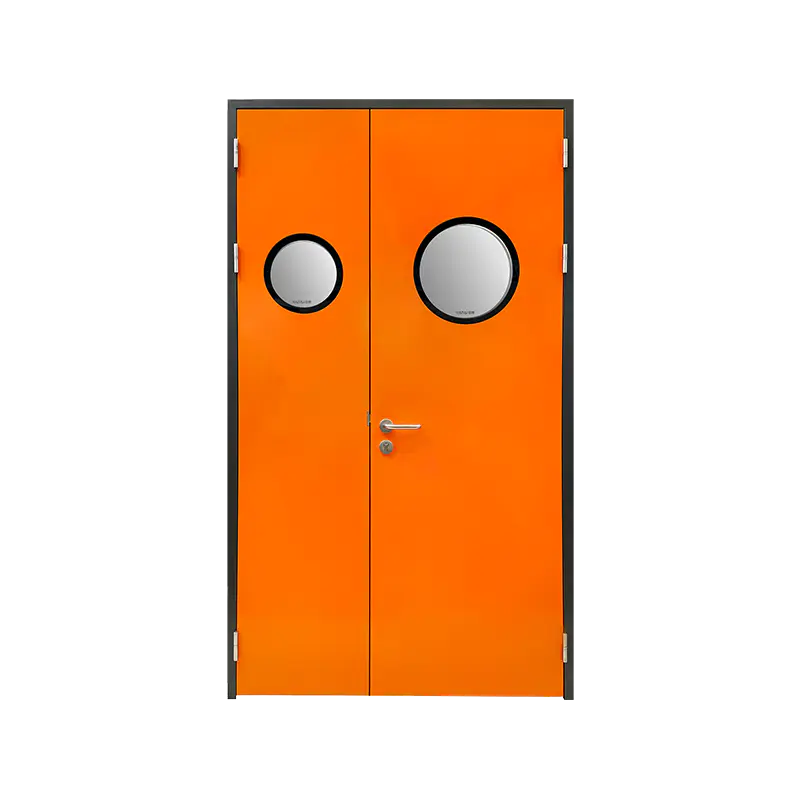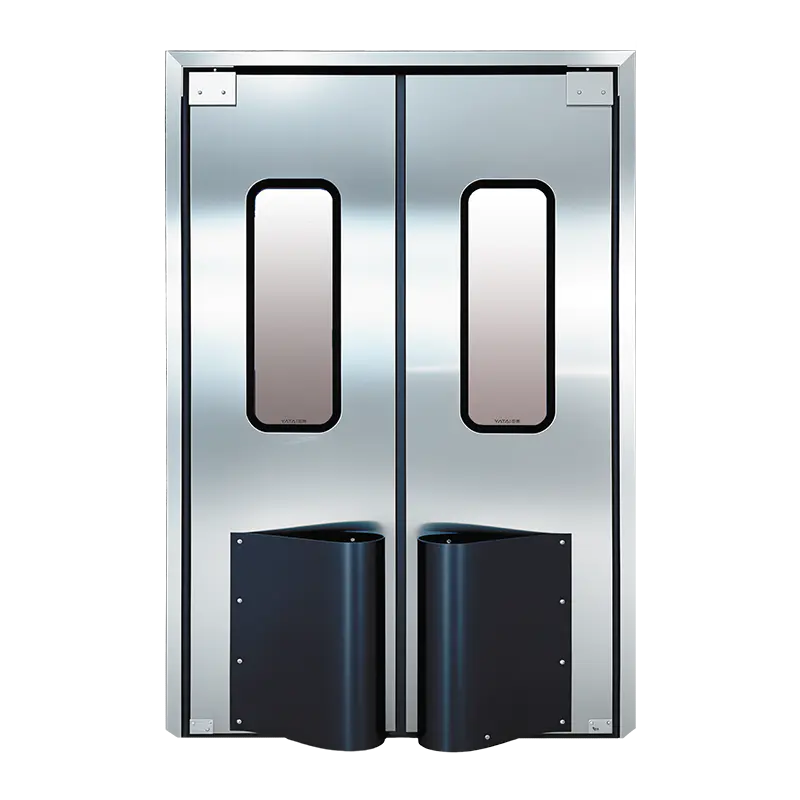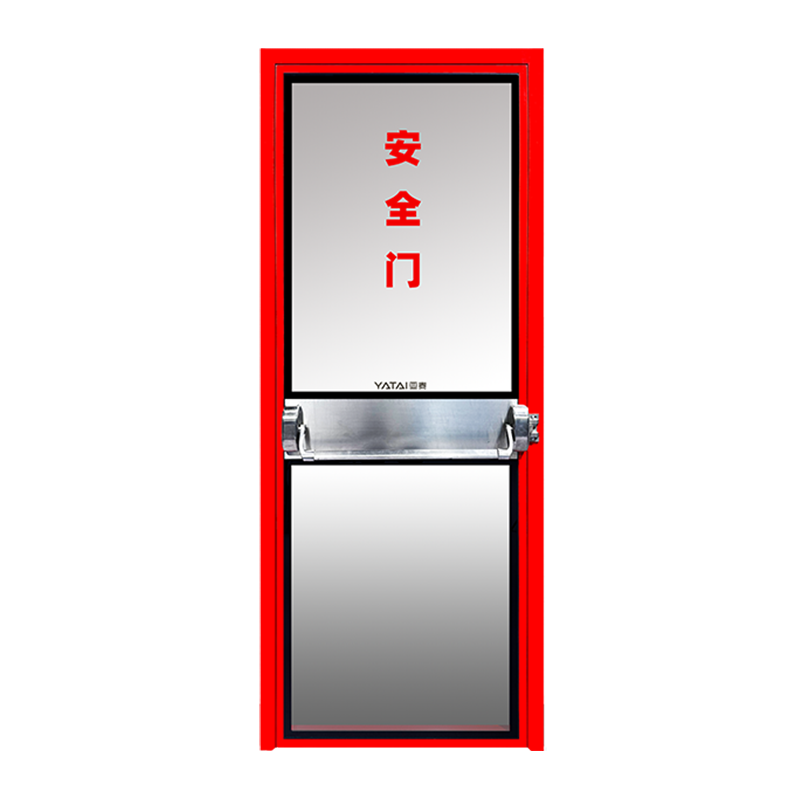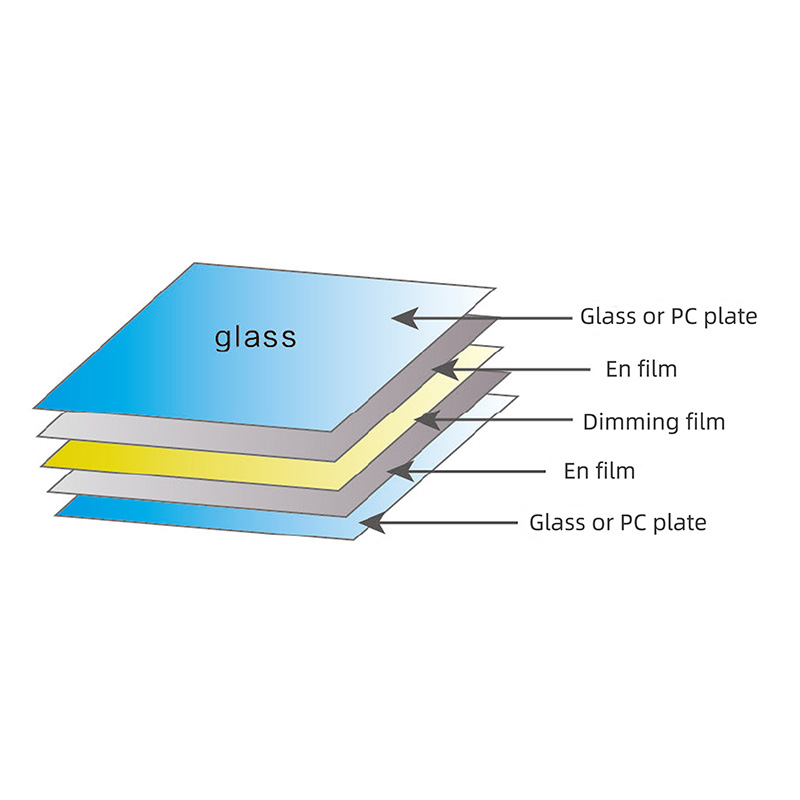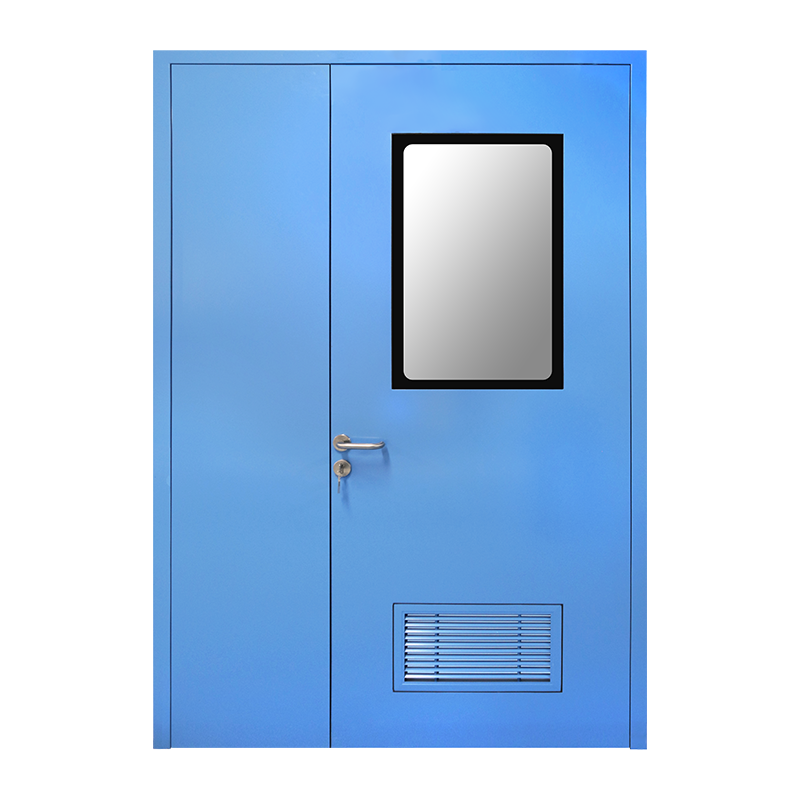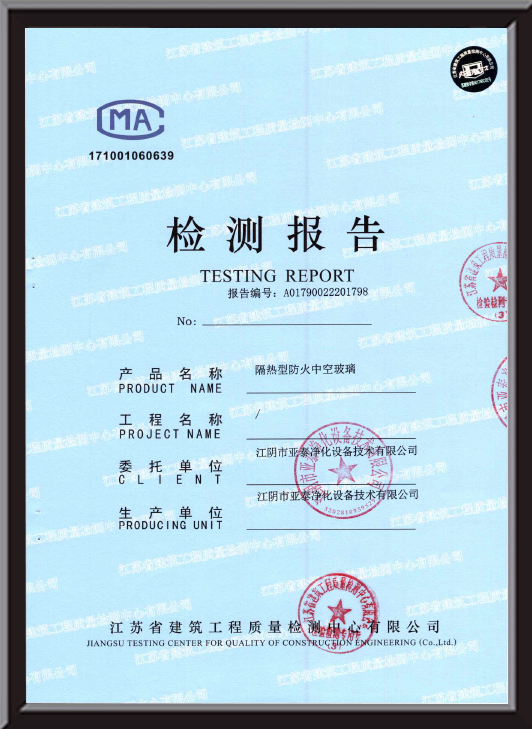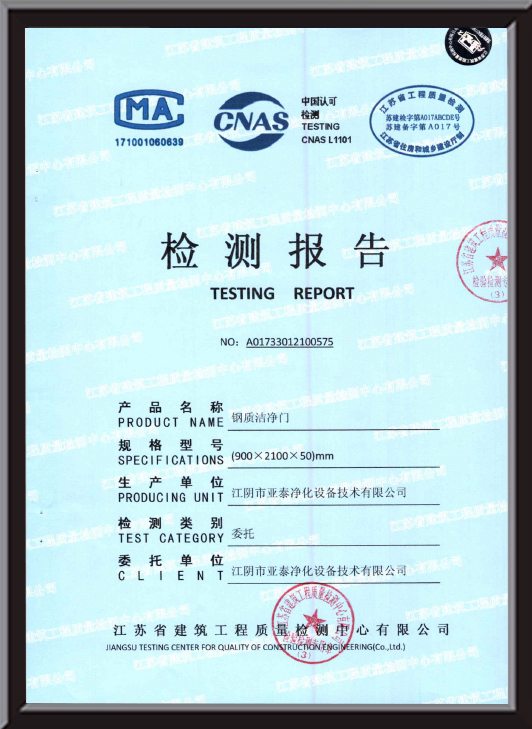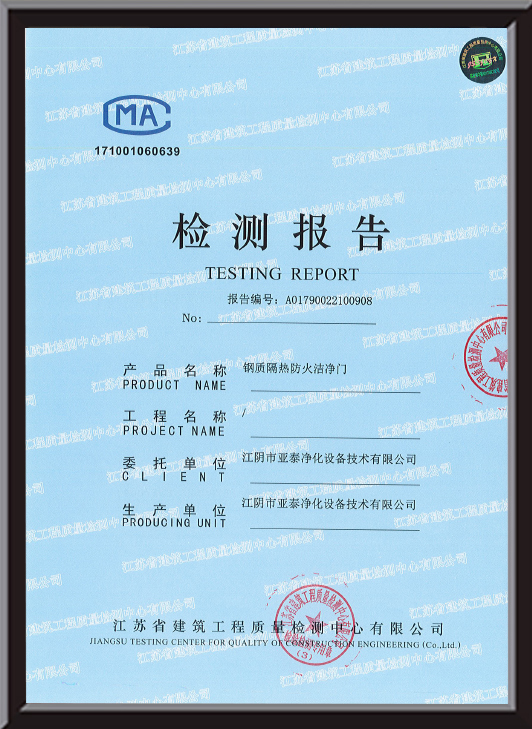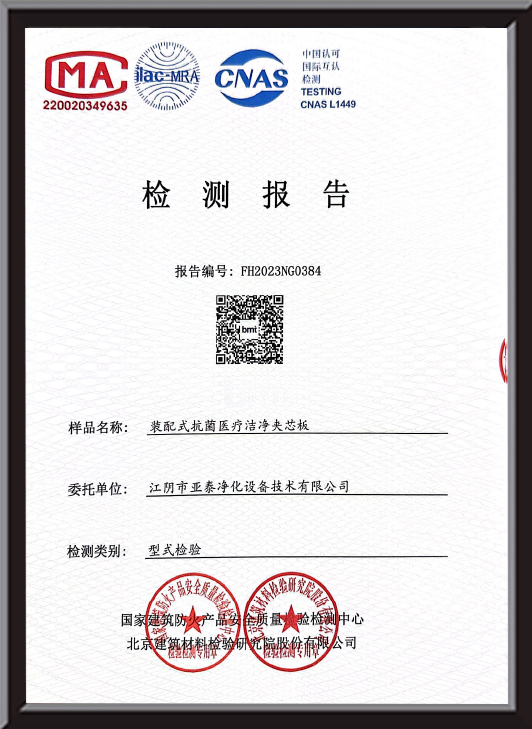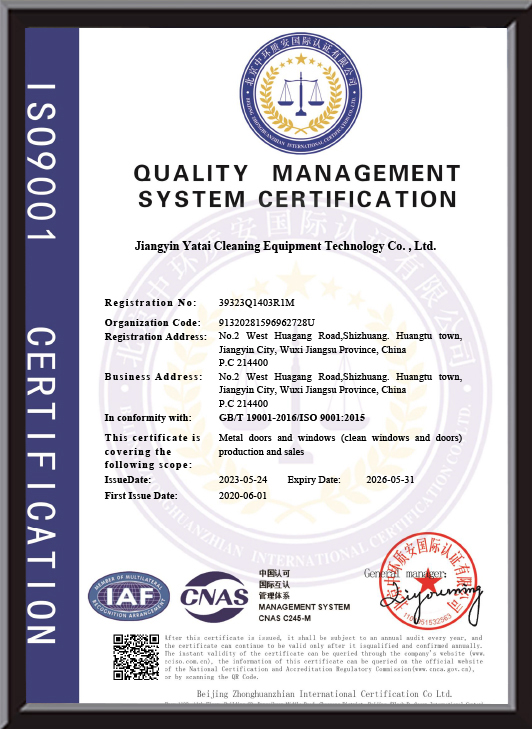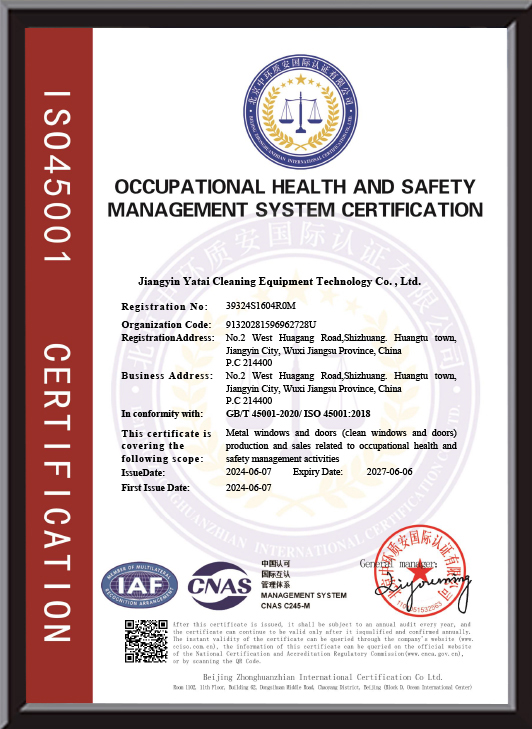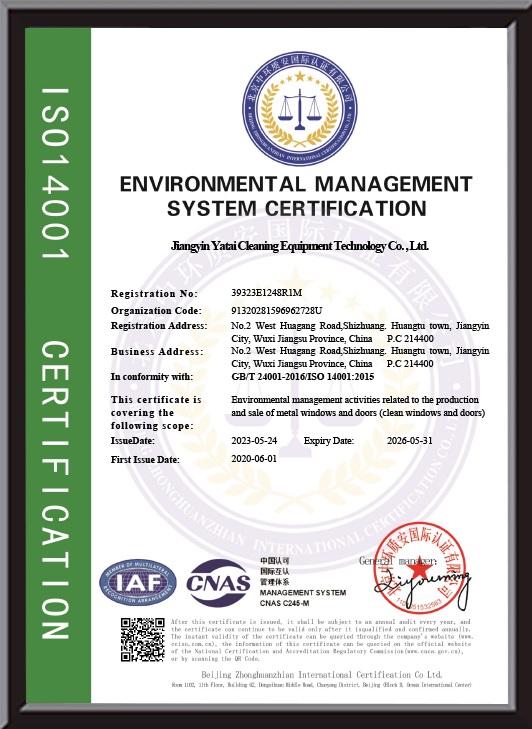Technical parameters
| Project | Status | Results | ||
| Optical (instrument) | Transmittance | On | Approximately 78 per cent (+/-3 per cent) | |
| Off | <1 per cent | |||
| Haze | On | <7% | ||
| Off | >90% | |||
| Viewing Angle | On | Approx. 150° | ||
| Electrical | Power Adapter | On | 65VAC | |
| Response Time(room temperature condition) | Off→On | Approx. 10 ms | ||
| On→Off | 200 ms | |||
| Power Consumption | On | 5W/m/h | ||
| Environmental | Operating Temperature | On→Off | -10°C to 60°C | |
| Storage Temperature | On→Off | -20°C to 70°C | ||
| Lifetime | Service Life | On→Off | Over 10 years | |
| Sound | STC value | 6+6 Tempered Glass | 39dB | |
The dimming film is a high-tech product based on PDLC liquid crystal technology. It is transparent when powered on and grayish-white and opaque when powered off.
The dimming film can be made into a layer of adhesive, which can be directly attached to the glass, or sandwiched between two layers of glass using a lamination process (that is, dimming glass). The voltage applied to the dimming film makes the smart film appear transparent or foggy, which meets people's dual requirements for glass penetration and privacy. Even when it is opaque, the lighting is still good, which is something that all current curtains cannot achieve.
It is suitable for visiting corridors, office areas, partitions and other occasions.


 English
English Español
Español русский
русский عربى
عربى
